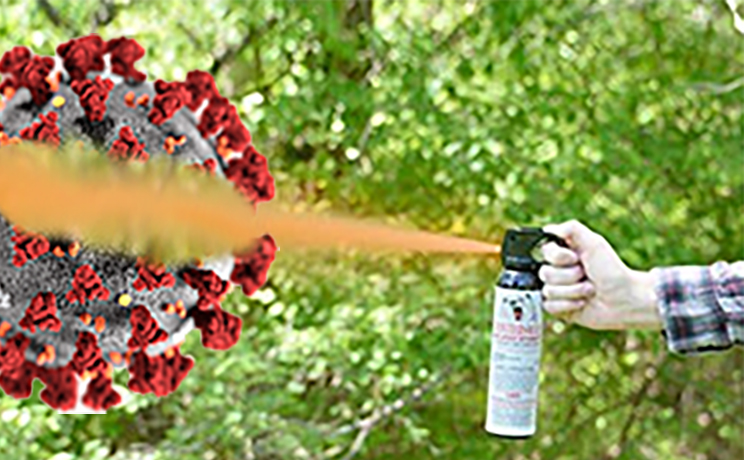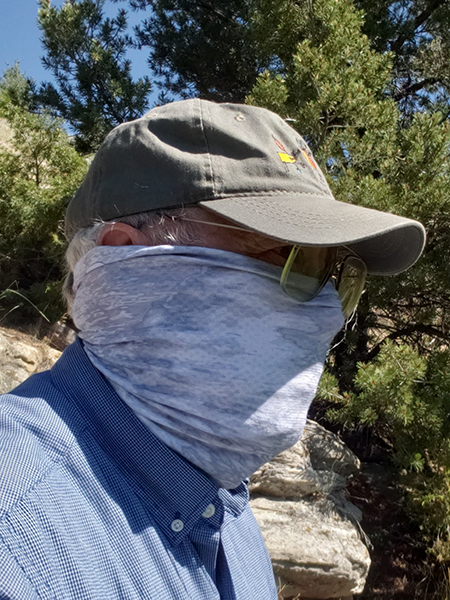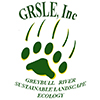Normally when getting ready for fieldwork am planning project areas, travel routes, thinking about how much Spam to buy. This year is different, have to throw thinking about taking responsiblity of protecting against COVID-19 into the mix. While it’s becoming second nature to think about being a grizzly aware camp and taking food and attractant storage precautions, this year have to work on being virus-aware (and as yet, no COVID-19 spray available). Here’s what are thinking about for field protocols for the summer 2020 field sessions. Sort of like any other archaeology project– get your basic research goals, field methods, and logistics designed and ready to to. Then prepare for dealing with all the other unexpected, “where did that come from contingencies” issues. Have done as much advance planning for trying to be COVID-19 aware as possible, but no doubt issues will come up that will require revising these virus-safe-as-possible plans.
UPDATED 3 July, 2020. Several changes to the plan. First, the request for pre-field testing no longer active. The local drive through testing facility in Powell only can do 50 tests/day and looks like those are all being done within the first half hour of opening each day. Second, based on a recent article published in Lancet1, the 2 m (6 foot) distancing suggestion “is based on out-of-date findings from the 1940s, with studies from 2020 showing that large droplets can travel as far as 8 m2.” Therefore, will be upping our mask proximity from 2 m to 5 m for the fieldwork (being outside, in very well ventilated places will gamble that don’t need to go the full 8 meters).

For the first 14 days, as we come together as a group, we’ll be working in a remote location that’s accessible by 4 wheel drive so that if someone does require a doctor’s visit we can arrange evacuation without needing to call in backcountry assistance. I’d ask that before you leave to join the project and while traveling here, you take as many distancing, contact-limiting actions as you can – avoid the non-masked. When in field camp, we’ll likely have no contact with persons from the outside (and if we do, will mask and distance) and during this group isolation period in a single base camp we will adhere to the following transmission limiting and health monitoring protocols:
- NO LONGER REQUESTED 7/3/2020. Before we leave for session 1, COVID-19 testing is requested. Powell Valley Healthcare curently has curbside testing available Monday-Friday (8:00-14:00 for $20 – GRSLE would cover the cost). Results available within 24-36 hours. If you can arrange testing elsewhere that’s more convenient at home or en route, please do so, but also please practice as much self-isolation as possible between testing and leaving for the field. Be as careful as possible when traveling to the project area.

- Each crew member will need multiple masks so that can have enough to have a couple with you during the day and have others to cycle though wash-dry. Neck gaiters are an easy option. GRSLE 2020 style (gaiters at both ends)!
- Each team member will fill out a self-assessment health form where they record their temperature and answer questions of breathing, coughing/sneezing, headaches, body aches, nausea twice daily at 0730 and 1530 (using an infrared no-contact thermometer). Let us know what your baseline temperature is, but also know that since will be using a different instrument, your field baseline may be somewhat different from your norm.
- When traveling to the project area, we will likely have to seat multiple people per 4-wheel drive vehicle. On the drive, will try to keep windows open for ventilation, and face coverings will be required.
- We’ll all have individual Jet-Boil stoves and will prepare and consume food individually spaced at least 5 m apart. Hopefully the weather will cooperate and this can be done dispersed outside, but if we have rain/snow/hail/high winds, will rotate through the equipment/cook tent and adjacent tarped area so that no more than 2 people are inside at once where face coverings will be required. Limiting to 2-people in the supply tent with face coverings will also hold for getting equipment ready in the morning, plugging GNSS units into solar batteries, making lunch, and the like. Both mornings and evenings at camp may be times when we want to relax and there may be a tendency to lower our guard, forget our masks, and maybe even indiscriminately touch things. Be aware and freely remind any of us in proximity to you that a mask is required.
- During the day, when we are working, everyone will have a face covering on hand, but only required to wear it when working in proximity (5 m or less) to others. For example, both members of GNSS mapping teams would have face coverings on or if we are doing test excavations where you are in the same or adjacent meter square units, everybody in the test unit block would require covers.
- Handwashing station will be provided at camp, and individual hand sanitizer provided when in the field.
- Individual water pump filters will be provided, and each person will be responsible for their own water supplies (we’ll not use the gravity feed water filters during the first 14 days).
- Tents will be spaced at least 10 m apart and unless occupants are a long-term “sub-bubble, family cohort-like grouping” (there’s a t-shirt design logo in there somewhere) single occupancy.
- We will develop a procedure to disinfect shared equipment (Trimbles, calipers, bear resistant food storage panniers) – will have wipes, sprays, or combination and encourage handwashing (or using hand sanitizer) multiple times during the day. Each crew member will have an individual canister for your personal bear attractants.
- Remember, one of the goals of this first 14 days (in addition to great archaeology) will be to form a family-like cohort – our bubble. Need to be very careful not to do anything to potentially breach this bubble. If you do come across other people (and although unlikely this will be possible where we’ll be camped), mask up, maintain at least 5 m distance, and try to limit any talking to less than 10 minutes. Also record any such encounters (person’s name, date, time, length time, any physical contact) in your field notes and let the rest of the team know.
- Finally, be aware that if anyone in the group develops COVID-like systems and needs to be taken out for medical attention, information on the entire group will be shared with Public Health to facilitate contact tracing.
And then, after this first 14 days, when we leave the base camp, become more mobile, and move into more remote areas some of the protocols may be somewhat relaxed. We’ll likely share jet-boils, use gravity feed water filters, may even set around and eat and talk at less than 5 m distances, perhaps even un-masked! But, we’ll see.
Footnotes:
- MacIntyre, C.R. and Quanyi Wang (2020). Physical Distancing, face masks, and eye protection for prevention of COVID-19. The Lancet.
- Bahl et al. 2020. Airborne or Droplet Precautions for Health Workers Treating Coronavirus Disease 2019? The Journal of Infectious Diseases.

